Past Presidents
Below is a summary of every Howard president since 1867 before our current interim president, Wayne Frederick, M.D., MBA.
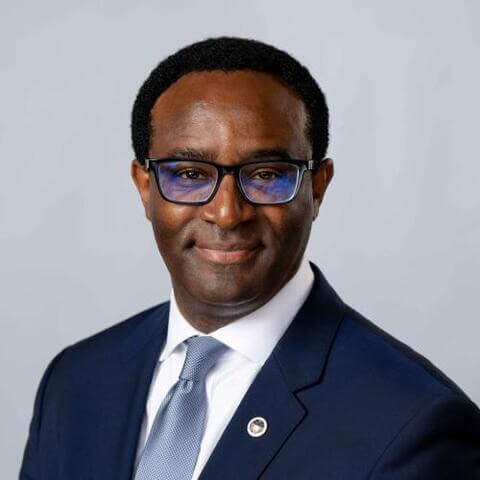
Prior to accepting the presidency at Howard, Dr. Vinson served as provost and executive vice president of Case Western Reserve University from 2018-2023. During his tenure, Dr. Vinson led the University’s “Think Big” strategic planning initiative, which received national recognition.

Dr. Frederick, President Emeritus, is a three-time Howard graduate (undergrad, medicine, and MBA). He is a researcher and practicing cancer surgeon who turned around Howard’s financial situation, and increased enrollment and graduation rates.
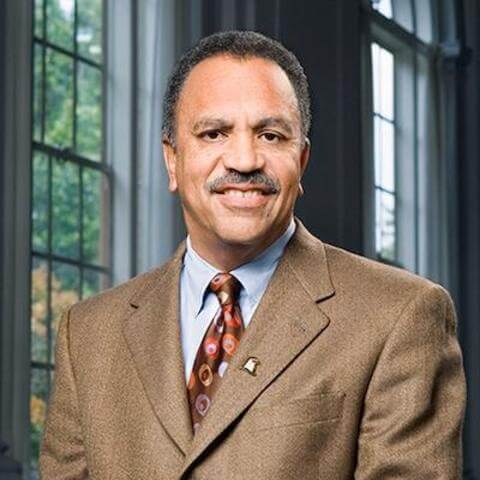
Before leading Howard University, Ribeau served as president of Bowling Green State University, where a leadership program was named for him. At Howard, Ribeau upgraded the University’s communications and computing technology and encouraged collaboration with other institutions.

Swygert received his JD degree from Howard University School of Law. He also served as president of the State University of New York at Albany and executive vice president of Temple University.
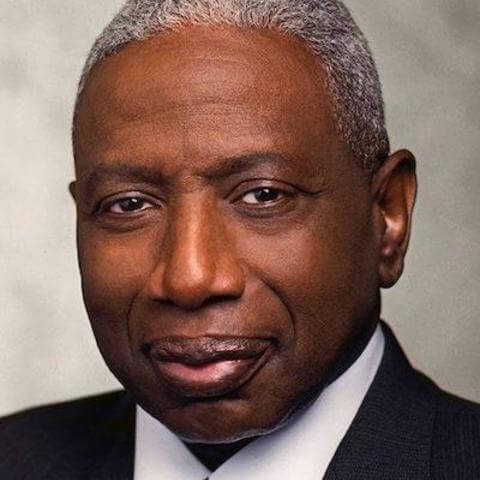
Jenifer is an academic administrator, researcher, trustee, and board member of multiple institutions. He was the first graduate of Howard University to become the University’s president.
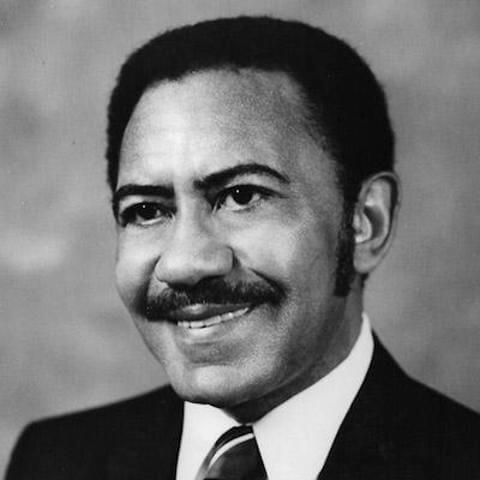
Cheek served in the United States Air Force in Korea in 1951 and became a professor of New Testament Theology at Virginia Union University. He served as president of Shaw University before he became Howard president. In 1983, he was awarded the Presidential Medal of Freedom.
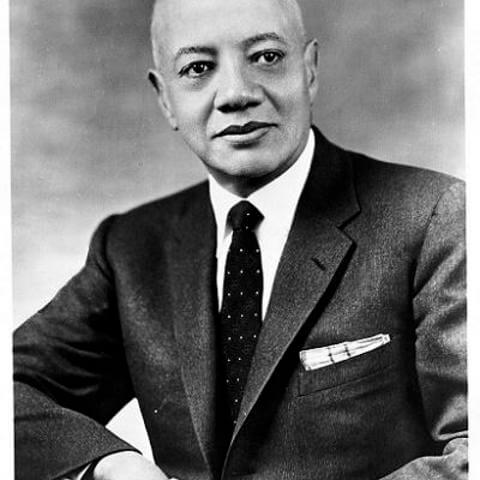
Nabrit was a prominent civil rights lawyer who worked on numerous cases for the NAACP Legal Defense and Education fund in the 1940s and 1950s. He joined Howard University's law faculty in 1936 and later served as dean. He taught the first formal civil rights law course at an American law school. In 1966, he represented the United States as a deputy ambassador to the United Nations.
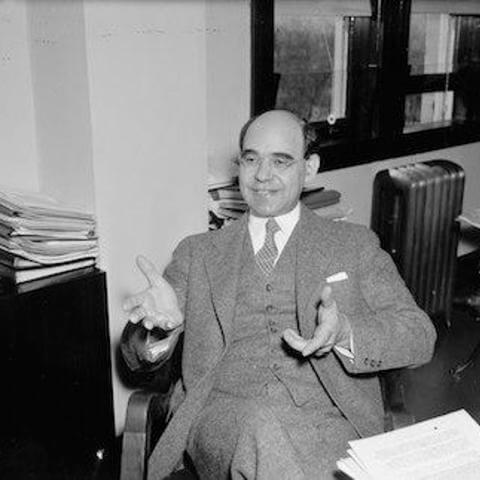
Johnson was a noted preacher and author in addition to being the first Black president of Howard University. From Paris, Tennessee, he earned his BA from Atlanta Baptist College, now known as Morehouse; and a DD from Howard University. Johnson awarded Dr. Martin Luther King, Jr. with an honorary degree after the Montgomery bus boycott.
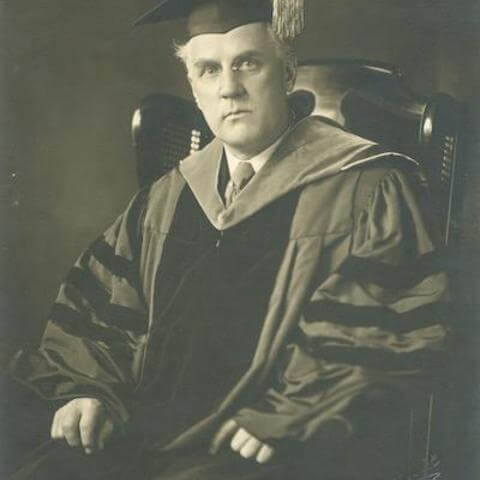
A Baptist and Congregationalist minister, Durkee was the last white president of Howard University and went on to be a minister to the Plymouth Church of the Pilgrims in Brooklyn, New York. He received an LLD degree from Howard University in 1926.
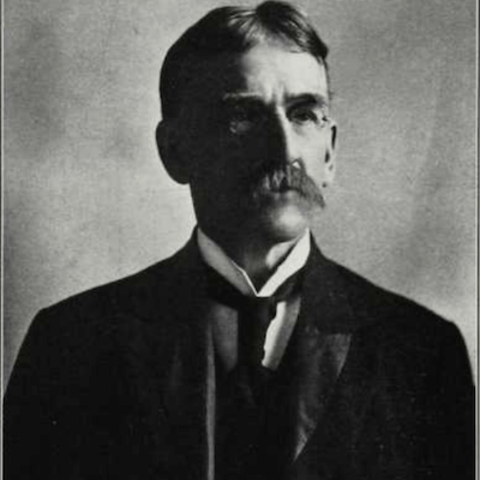
A pastor of the First Congregational Church in Washington, Newman was also the author of a book titled “America: An Encyclopaedia of Its History and Biography, Arranged in Chronological Paragraphs; With Full Accounts of Prehistoric America and the Indians, and Notes on Contemporaneous History; Containing a Complete Record of Explorations, Conquests.
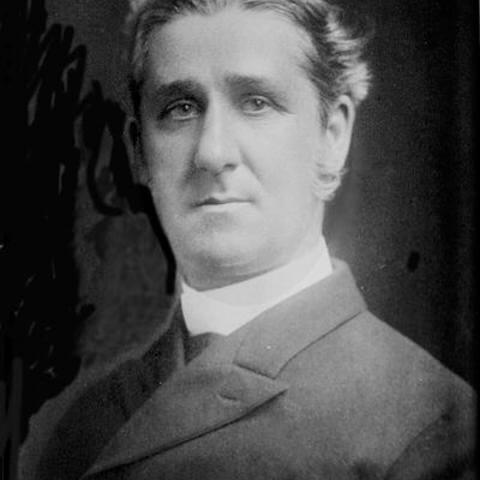
A Methodist bishop and educator, Thirkield secured funding from the federal government to build the first building on campus for the promotion of the sciences, the Thirkield Physics Building. Thirkield also persuaded philanthropist Andrew Carnegie to fund the construction of the Carnegie Building.

Gordon became president of Howard University in 1903, was relieved of his duties in 1905, and resigned in 1906. According to the Iota chapter of the Omega Psi Phi fraternity: “Following Gordon's announcement of industrial education, a protest was launched by faculty groups and students, who believed such a decision as an affront to both their social positions and cognitive abilities.”
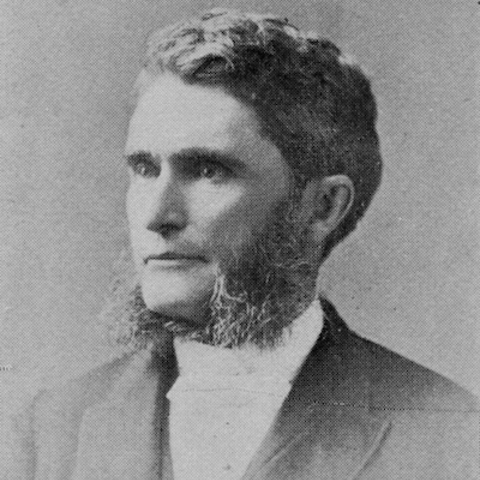
Rankin was an abolitionist, a writer of popular hymns and sermons, and a respected minister. During his tenure, he oversaw the construction of the Andrew Rankin Memorial Chapel, which was named after his brother.

Patton was a prominent pastor, writer, and abolitionist. The son and grandson of dedicated abolitionists, he was a member of the Anti-Slavery Society and contributed to the marching song “John Brown’s Body,” which commemorated the abolitionist John Brown.
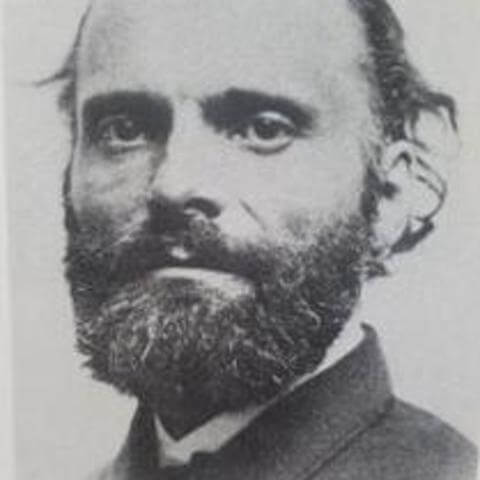
Smith was as a Congregational Church pastor who was appointed Commissioner of Indian Affairs. He was elected Howard president in 1875, but died before taking office, during a trip to Accra, West Africa (now Ghana).
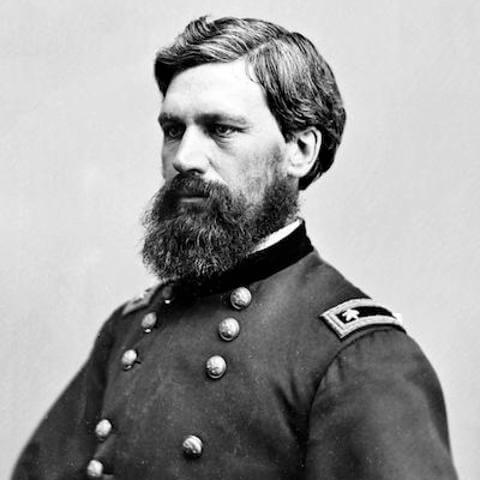
General Howard, a Union officer in the Civil War, founded Howard University, which is named after him. He also served as Commissioner of the Freedman’s Bureau, an organization established to assist former slaves in their transition to freedom.

Sunderland expanded the University to include the College of Medicine, the College of Pharmacy, and the School of Law. Sunderland was a Presbyterian minister who served as chaplain of the United States Senate during the Civil War.
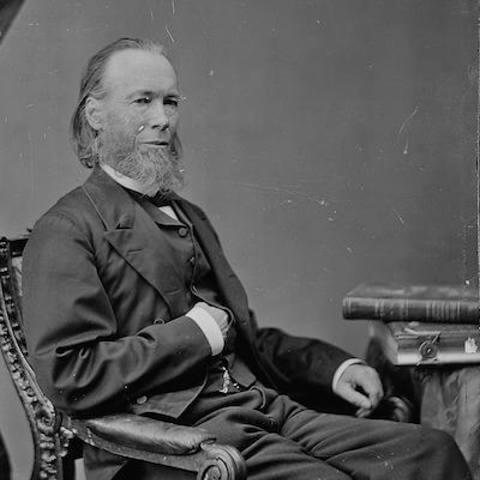
Boynton was the first president of Howard University. Originally from Massachusetts, Boynton was ordained by the Columbia, N.Y. presbytery in 1840. He served as chaplain of the U.S. House of Representatives from 1865-1969.
The past presidents’ timeline was provided by the Moorland Spingarn Research Center/Howard University Archives.
